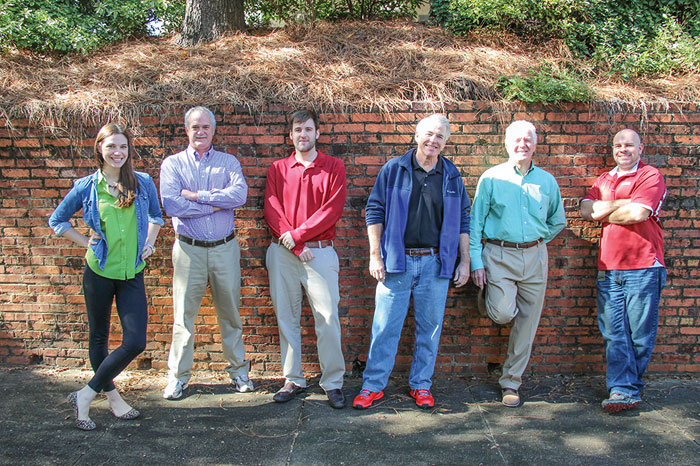It’s interesting that biomass power remains so resilient in the face of intense market pressures. Yet, as Biomass Power Assn. President Bob Cleaves notes in our recent interview with him covered in this issue, biomass power is not just about power. It’s the ancillary benefits that the industry provides— from delivering a basic sustainable caseload power supply to functioning as a key player in taking on rural employment and forest health issues—which make it different from other energy sources. And then there are the basic conservation and utilization aspects that make the technology attractive for combined heat and power operations.
A few of us editors at Wood Bioenergy remember during our earliest years of covering the forest products industry in the 1980s, wondering why every major forest products manufacturing facility didn’t have its own cogeneration facility to power internal operations or sell excess power back to the grid. Of course some did—a real no-brainer it seemed looking in from the outside.
Energy independence is an idea that appeals to everybody. While there’s been a lot of talk about the coal industry’s possible resurgence due to the outcome of the recent presidential election, what we do know is that biomass power is truly sustainable and lowers carbon emissions—which coal isn’t and doesn’t. What we don’t know is how important sustainability and carbon emissions are to the new administration. And while there’s been talk of coal and biomass as competing power sources, both have been hit hard by competition from natural gas.
Meanwhile biomass closely identifies with coal in its physical properties when it comes to shipping, handling and processing. This issue of Wood Bioenergy and recent ones continue to report on coal-fired power generators abroad converting to biomass feed. In the U.S. there appears to be a lot of testing going on with an eye on meeting specific goals such as RPS requirements, as in Oregon, or looking to absorb some of the mountain of biomass coming off several major forest restoration projects in Arizona.

From Left: Jessica Johnson, Associate Editor; Dan Shell, Managing Editor; Jay Donnell, Associate Editor; Rich Donnell, Editor-in-Chief; David (DK) Knight, Co-Publisher/Executive Editor; David Abbott, Senior Associate Editor
Elsewhere in this issue we report briefly on the latest white paper from our consultant friend, William Strauss, who recommends to the new administration a win-win solution of blending coal and biomass in existing coal-fired plants. It would save coal-industry jobs while creating jobs across the U.S. industrial pellet supply chain, Strauss notes; it would create manufacturing investment in the U.S.; and it would lower carbon emissions versus 100% coal.
It would also somewhat alleviate the discomfort some sectors feel about using our forest resource to provide power in foreign lands (that is, shipping wood pellets overseas).
It’s ironic that two power sources that seem so opposed in public perception could turn out complementing each other in the U.S., if given the opportunity.